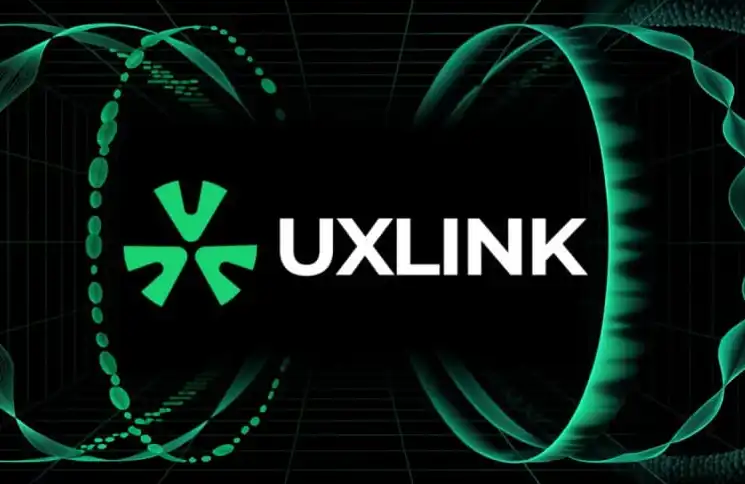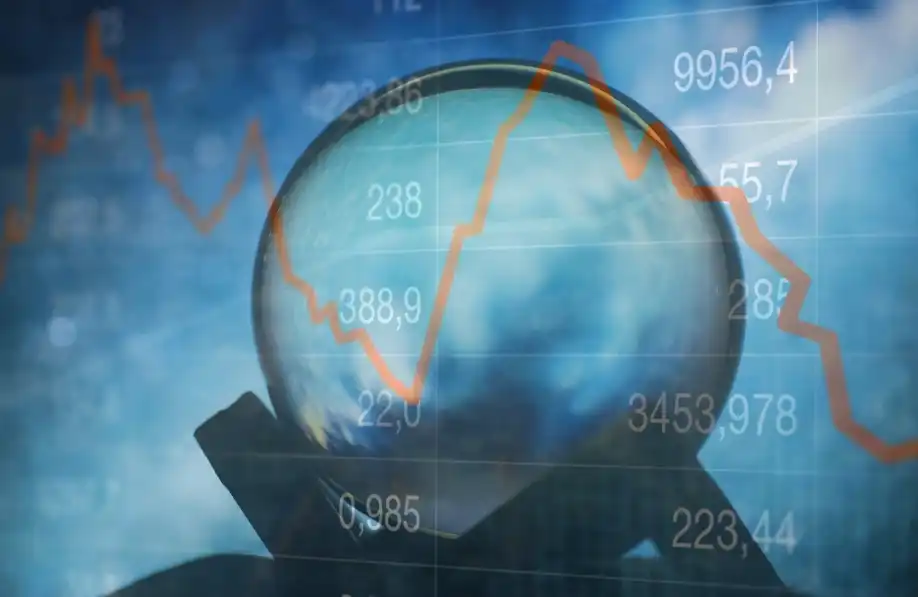How does the leading player in perpetual DEX view the future trend of HYPE?
If you believe that the trading volume of perpetual DEXs will continue to grow, then HYPE is one of the purest and most leveraged ways to capitalize on this trend.
Original Title: Why Hyperliquid Can Reach $250 in 2026
Original Author: DeFi Warhol, Crypto Researcher
Original Translation: AididiaoJP, Foresight News
Currently, there are many decentralized perpetual contract trading platforms on the market, but only one automatically uses almost all of its revenue to buy back its own tokens on the open market.
This is my entire argument about Hyperliquid, summed up in one sentence:
If you believe that the trading volume of perpetual DEXs will continue to grow, then HYPE is one of the purest and most leveraged ways to capture this trend.
Below are my personal views on how Hyperliquid operates and how the current token design may evolve in the future.
Summary
• Hyperliquid’s daily trading volume has reached several billions of dollars, with annualized revenue exceeding $1.3 billions.
• 97% of all fees are routed to an automated "Aid Fund," which buys HYPE on the open market.
• The fund has spent over $600 millions on HYPE buybacks and also holds a large amount of tokens itself.
• The risk and reward lie in whether Hyperliquid can continue to win trading volume and maintain the 97% buyback policy.
• Based on simple trading volume and market share assumptions, I arrive at rough price scenarios: Bear: $45–50 Baseline: $80–90 Bull: $160–180
Current State of Hyperliquid
To better understand where Hyperliquid is heading, we need to know its current status.
Here are some quick data points:
• Perpetual contract trading volume: about $8 billions +/- per day
• Annualized revenue: about $1.2 – 1.3 billions
• HYPE market cap: about $10 billions
• HYPE fully diluted valuation: about $38 billions
• Staked HYPE: about 42%
• Aid Fund balance: 35 million HYPE
Core Mechanism: 97% of Fees for Automated Buybacks
This is the most important part of the bullish case.
Hyperliquid uses protocol trading fees to fund HYPE token buybacks.
Traders pay perpetual contract and spot trading fees.
These fees are routed to the Aid Fund.
The Aid Fund is set to continuously use about 97% of all exchange fees to buy back HYPE tokens on the open market.
Increased trading volume → increased fees → increased buybacks
In other words, almost every dollar the exchange earns becomes mechanical buying pressure for HYPE.
In addition:
On HyperEVM, gas fees are paid in HYPE.
The base fee adopts an EIP-1559 style mechanism, so some HYPE is burned, adding another deflationary path.
So:
• 97% of trading fees → HYPE buybacks
• HyperEVM gas fees → HYPE
• Burned staking → HYPE locked up
HyperEVM
Hyperliquid was originally a customized perpetual contract protocol. Now there is also HyperEVM, an EVM layer where:
• Users pay gas fees in HYPE
• Base fees are burned
• On-chain applications (perpetual contract frontends, HIP-3 market, other protocols) add extra demand for block space and HYPE.
I see HyperEVM as a second engine:
• Engine 1: Perpetual contract trading volume → fees → 97% buybacks.
• Engine 2: HyperEVM activity → HYPE gas fees → burning + more fees.
Scenario Settings
Current situation:
• Total perpetual DEX trading volume: about $38 billions / day
• Hyperliquid trading volume: about $8 billions / day (about 20–22% share)
• Fee rate: about 0.04% (assuming most traders are takers)
• Annualized fees: $1.3 billions
• 97% for buybacks: about $1.2–1.25 billions / year
• Market cap: $10 billions
• So market cap / buyback ratio is about 8.5x
Then I assume:
• The market continues to value HYPE at roughly the same buyback multiple (about 8.5x)
• Perpetual DEX trading volume grows
• Hyperliquid maintains or gains market share
Scenario 1: Bear Case
Bear case: Perpetual DEX volume grows, Hyperliquid only maintains its share. In this framework, HYPE’s eventual price is around $40 to $50.
Assumptions:
• Total perpetual DEX trading volume: 1.5x today
• Hyperliquid share: flat
Result:
• Annualized buybacks: about $1.8 billions
• At 8.5x market cap / buyback ratio → implied market cap ≈ $15.4 billions
• Circulating HYPE about 337 million → implied price ≈ $45–50
Scenario 2: Baseline Case
Baseline case: On-chain perpetual contract trading volume doubles, Hyperliquid’s share increases, HYPE price is in the $80–90 range.
Assumptions:
• Total perpetual DEX trading volume: 2x today
• Hyperliquid share: about 30%
Result:
• Annualized buybacks: about $3.34 billions
• At 8.5x → implied market cap ≈ $28.4 billions
• Circulating HYPE about 337 million → implied price ≈ $80–90
Scenario 3: Bull Case
Bull case: On-chain perpetual contract trading volume grows 3x, Hyperliquid becomes the dominant platform. At the same 8.5x multiple, HYPE price reaches the $160–180+ range.
Assumptions:
• Total perpetual DEX trading volume: 3x today
• Hyperliquid share: about 40%
Result:
• Annualized buybacks: about $6.68 billions
• At 8.5x → implied market cap ≈ $56.8 billions circulating
• HYPE about 337 million → implied price ≈ $160–180
Important note:
These are not price targets. They do not include additional upside from HyperEVM gas fees, new products, overall market sentiment, or any changes in the multiple (up or down).
They simply show:
• Using the current fee/buyback economic model
• Applying a fixed 8.5x market cap/buyback ratio
• Letting trading volume and market share drive buyback numbers
Assuming a full altcoin season in 2026 and the bull case materializes, I believe $250 is a realistic number for HYPE.
Why I’m Bullish
The reasons why I find this setup interesting are as follows:
• Real, visible cash flow: Hyperliquid already collects over $1.3 billions in protocol revenue annually and puts about 97% of it into HYPE buybacks.
• Simple, aggressive design: Routing 97% of all exchange fees into an Aid Fund that buys HYPE on the open market is almost the purest form tokenomics can achieve.
• Perpetual DEX growth: On-chain perpetual contracts are truly taking share from centralized exchange derivatives.
• Hyperliquid repeatedly leads in daily DeFi revenue and buybacks. The potential value of HyperEVM: more applications and the HIP-3 market mean more HYPE gas fee consumption + more fee channels injected into the same Aid Fund.
In summary: trading volume growth + high fee share + 97% buybacks + 8.5x multiple, if Hyperliquid continues to perform well, this provides a very clear and reasonable path for price appreciation.
Final Thoughts
For me, the bullish case for HYPE is not about "number go up" because of narrative, but rather:
• A highly liquid and deep perpetual DEX + L1 combo that has already generated billions of dollars in trading volume.
• A token model where about 97% of trading fees are mechanically recycled into HYPE buybacks.
This is the argument I base my extremely bullish stance on HYPE.
Disclaimer: The content of this article solely reflects the author's opinion and does not represent the platform in any capacity. This article is not intended to serve as a reference for making investment decisions.
You may also like
Dalio interprets "When Will the Bubble Burst": Stock Market Bubble + Huge Wealth Gap = Enormous Danger
Dalio stated that the US stock market is currently in a bubble. A bubble does not burst simply because valuations are too high; historically, what truly triggers a crash is a liquidity crisis.

Bitcoin implodes as volatility from Big Tech, AI bubble fears, spreads to crypto

Privacy Meets Social Trust: How UXLINK and ZEC Are Building the Next Generation of Web3 Infrastructure
As ZEC advances compliant privacy and UXLINK builds real-world social infrastructure, the industry is moving towards a safer, more inclusive, and more scalable future.

Market Prediction and Emerging Parataxis: What is the current major challenge?
The prediction market project is experimenting with new primitives and mechanisms, including a prediction derivatives market, advanced automated market makers and liquidity mechanisms, interoperability primitives, and more.

